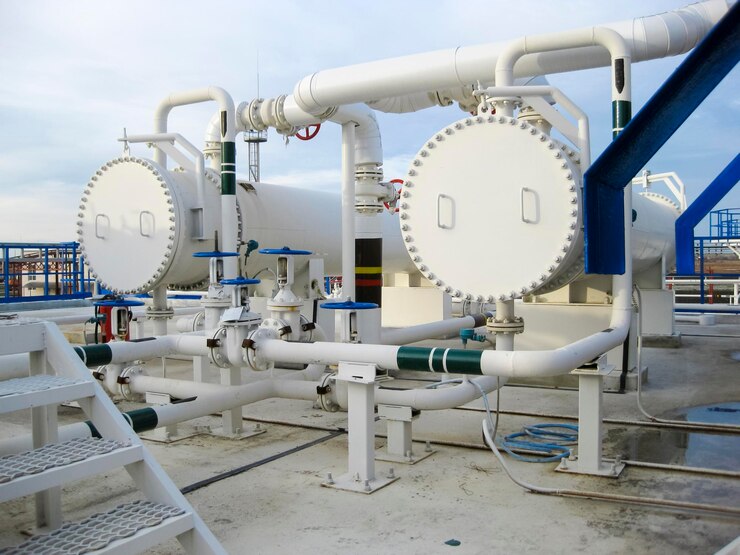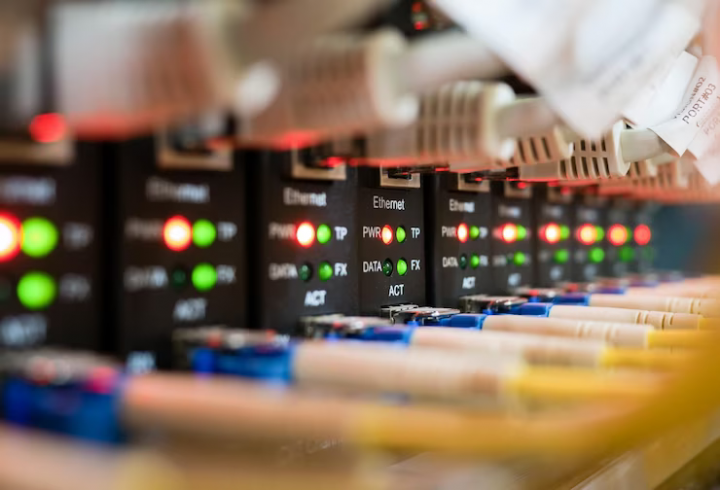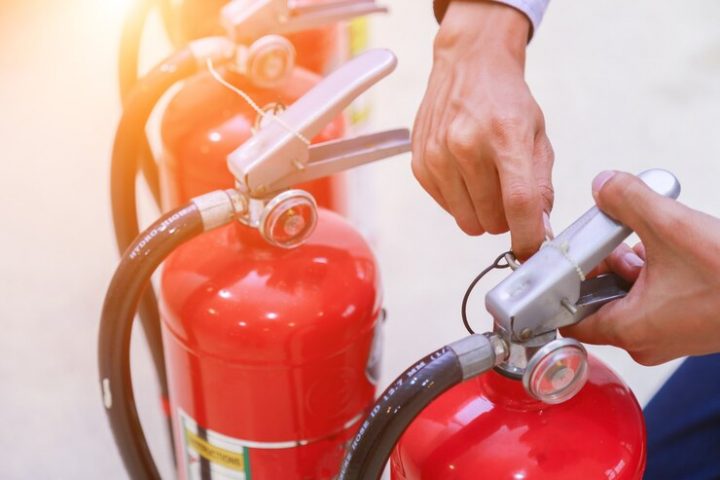The manufacturing of heat exchangers is a sophisticated and intricate process that requires precision, expertise, and a deep understanding of thermal dynamics. India, being one of the leading countries in engineering and manufacturing, has several top players in the heat exchanger industry who have set benchmarks in quality, efficiency, and innovation. This blog delves into the manufacturing process of heat exchangers, highlighting the key steps involved and the insights from some of India’s top manufacturers.
Understanding Heat Exchangers
Before we dive into the manufacturing process, it’s essential to understand what heat exchangers are and their importance. Heat exchangers are devices designed to transfer heat between two or more fluids without mixing them. They are widely used in various industries, including power generation, chemical processing, HVAC (heating, ventilation, and air conditioning), refrigeration, and automotive industries. The efficiency and reliability of a heat exchanger are critical for the optimal performance of these systems.
The Heat Exchanger Manufacturing Process
1. Design and Engineering
The first step in manufacturing a heat exchanger is the design and engineering phase. This involves:
- Requirement Analysis: Understanding the specific needs of the application, including the types of fluids involved, temperature ranges, pressure levels, and space constraints.
- Thermal Design: Calculating the heat transfer rates, determining the appropriate type of heat exchanger (e.g., shell and tube, plate, or air-cooled), and selecting suitable materials for construction.
- Mechanical Design: Ensuring the structural integrity of the heat exchanger, considering factors such as pressure resistance, thermal expansion, and mechanical stress.
Top Indian manufacturers employ advanced software and simulation tools to create accurate and efficient designs. Companies like Thermax and Alfa Laval have dedicated R&D teams that focus on innovative designs and improving the thermal efficiency of heat exchangers.
2. Material Selection
Selecting the right materials is crucial for the performance and longevity of a heat exchanger. Common materials used include:
- Metals: Stainless steel, carbon steel, copper, and aluminum, chosen for their excellent thermal conductivity and corrosion resistance.
- Non-metals: Graphite, ceramics, and composites for specialized applications requiring resistance to extreme temperatures and corrosive environments.
Indian manufacturers, such as Godrej & Boyce and GE India, prioritize material quality and often source high-grade materials from reputed suppliers to ensure durability and performance.
3. Fabrication and Assembly
The fabrication and assembly phase involves several steps:
- Cutting and Shaping: Using precision cutting tools and machines to cut metal sheets and tubes to the required dimensions.
- Forming and Welding: Shaping the components, such as bending tubes and forming plates, followed by welding to assemble the parts. Techniques like TIG (Tungsten Inert Gas) and MIG (Metal Inert Gas) welding are commonly used for their precision and strength.
- Heat Treatment: Applying heat treatments to improve the mechanical properties of the materials, such as annealing to relieve stress and increase ductility.
Companies like Larsen & Toubro (L&T) have state-of-the-art fabrication facilities with automated machines and robotic welding systems, ensuring high precision and consistency in manufacturing.
4. Quality Control and Testing
Quality control is integral to the manufacturing process, ensuring that each heat exchanger meets stringent standards and specifications. Key quality control measures include:
- Visual Inspections: Checking for any visible defects, such as cracks, weld imperfections, or deformations.
- Non-Destructive Testing (NDT): Techniques like ultrasonic testing, radiographic testing, and dye penetrant testing to detect internal flaws without damaging the components.
- Pressure and Leak Testing: Conducting hydrostatic or pneumatic tests to verify the pressure resistance and ensure there are no leaks in the system.
Indian manufacturers, such as Kirloskar and Bharat Heavy Electricals Limited (BHEL), adhere to international standards like ASME (American Society of Mechanical Engineers) and ISO (International Organization for Standardization) to maintain high-quality standards.
5. Finishing and Coating
The finishing and coating phase involves applying protective coatings to prevent corrosion and enhance the durability of the heat exchanger. Common coatings include:
- Paints and Varnishes: Providing a protective barrier against environmental factors.
- Plating: Applying a layer of metal, such as zinc or nickel, to enhance corrosion resistance.
- Epoxy Coatings: Offering high resistance to chemicals and abrasion.
Top players like Tata Projects ensure that their heat exchangers undergo rigorous finishing processes, resulting in high-quality, durable products.
6. Final Assembly and Packaging
The final assembly involves putting together all the components, performing a final inspection, and preparing the heat exchanger for shipment. This includes:
- Assembly: Assembling the heat exchanger components, ensuring proper alignment and secure connections.
- Final Inspection: Conducting a thorough inspection to verify that all parts meet the required specifications and standards.
- Packaging: Using appropriate packaging materials to protect the heat exchanger during transportation and storage.
Manufacturers like Hindustan Dorr-Oliver take great care in packaging their products, ensuring they reach the customers in perfect condition.
Insights from India’s Top Players
India’s top heat exchanger manufacturers have continually invested in advanced technologies, R&D, and quality control to stay competitive in the global market. Here are some insights from these industry leaders:
- Innovation: Companies like Thermax and Alfa Laval focus on developing innovative designs and improving thermal efficiency through continuous R&D efforts.
- Sustainability: Many manufacturers are adopting sustainable practices, such as using eco-friendly materials and energy-efficient production methods.
- Customer-Centric Approach: Leading players prioritize customer satisfaction by offering customized solutions, prompt after-sales service, and technical support.
Conclusion
The manufacturing process of heat exchangers is a complex and meticulous task that requires expertise, precision, and a commitment to quality. India’s top players in the heat exchanger industry have demonstrated excellence through their advanced manufacturing techniques, stringent quality control measures, and innovative approaches. By understanding the intricacies of this process, we can appreciate the engineering marvels that heat exchangers are and their vital role in various industrial applications.
If you are looking for reliable and reputable heat exchanger manufacturers and suppliers, Enggpro is an excellent resource. Enggpro offers a comprehensive list of manufacturers and suppliers from around the world, including detailed profiles, product catalogs, and contact information. This platform helps you find the best partners to meet your specific requirements, ensuring high-quality products and excellent service. Visit Enggpro to explore the extensive directory of heat exchanger manufacturers and suppliers and make informed decisions for your business needs.


